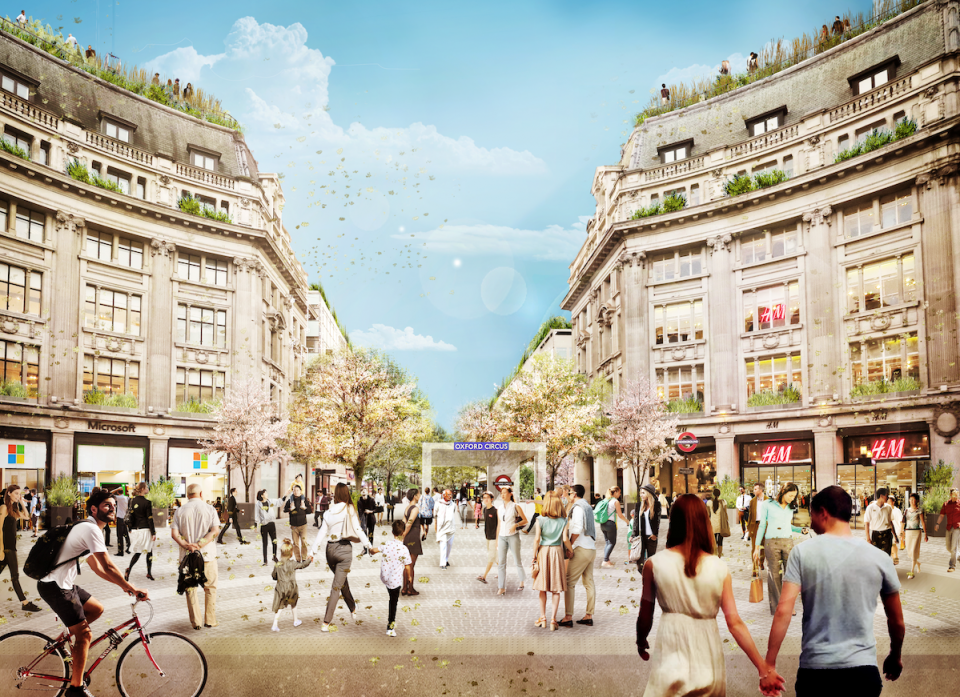DEBATE: Are pedestrianised streets enough to bring retail back to life?

Oxford Circus is being given a makeover. On both sides of the tube station, cars will be banished, and the space will be transformed into two “piazzas”, as the Italians call it.
Westminster Council, who are spearheading the project, will pedestrianise the area in hopes of injecting life back into fledgling shops struggling to make a come-back after successive lockdowns. But will pedestrianised streets be enough to bring retail back to life?
Antonia Jennings, associate director of the Centre for Local Economic Strategies says NO.
While they may help, pedestrianised streets are nowhere near sufficient to bring retail back to life.
Even before the pandemic hit, high streets were seeing falling occupancy rates of retail facilities. The pandemic has exacerbated and accelerated pre-existing trends, with our small and medium sized businesses the worst hit. To help retail come back to life, we need a comprehensive overhaul of business support measures to help our local businesses, social enterprises and community organisations flourish.
Additionally, we need to look at who owns the buildings on our high streets. While being able to walk to your local café should be promoted, we also need to make sure that we can afford the coffee in the café, and that the profits from that coffee are going back into the local economy – and not to a distant shareholder. Very few people would argue against more of our town centres being accessible by foot, but will pedestrianised streets singularly save the retail sector? Absolutely not.

Tal Donahue, senior account director at Infinite Global, says YES
High streets simply have to evolve to survive.
Sure, there are logistical considerations that need to be borne in mind, such as where and how will stock deliveries be made, but fundamentally high streets need to adapt to continue to attract people to spend their time and money on them. They need to be destinations, and to effectively compete with online that means making the most of the high-street USP – the built environment.
Whether or not people shop on the high street will have less to do with a particular shop or brand, and more to do with the wider experience and curated environment. If the pandemic has taught us anything it’s the importance of human interaction – the chance encounters, experiences and conversations that enliven daily life and which it is impossible to digitally emulate.
Public realm, or third spaces – the places between the buildings – where human interaction can flourish, such as piazzas and squares, play a vital part in making retail destinations about more than just shopping. The future of high street retail will depend on becoming human-centric, and well planned pedestrianisation can be a key part of the answer.